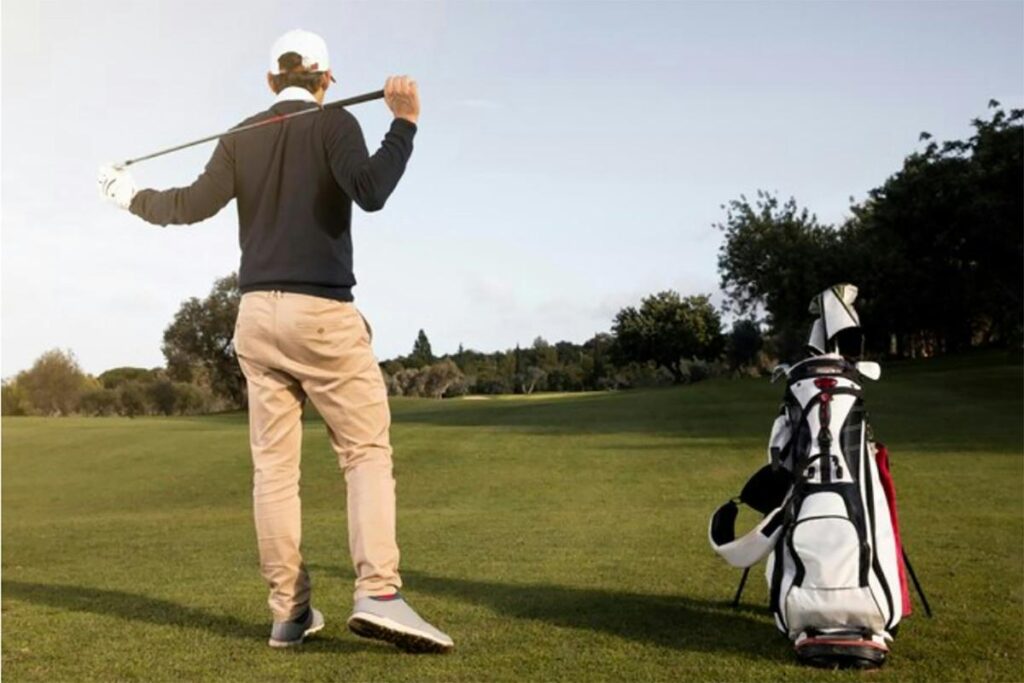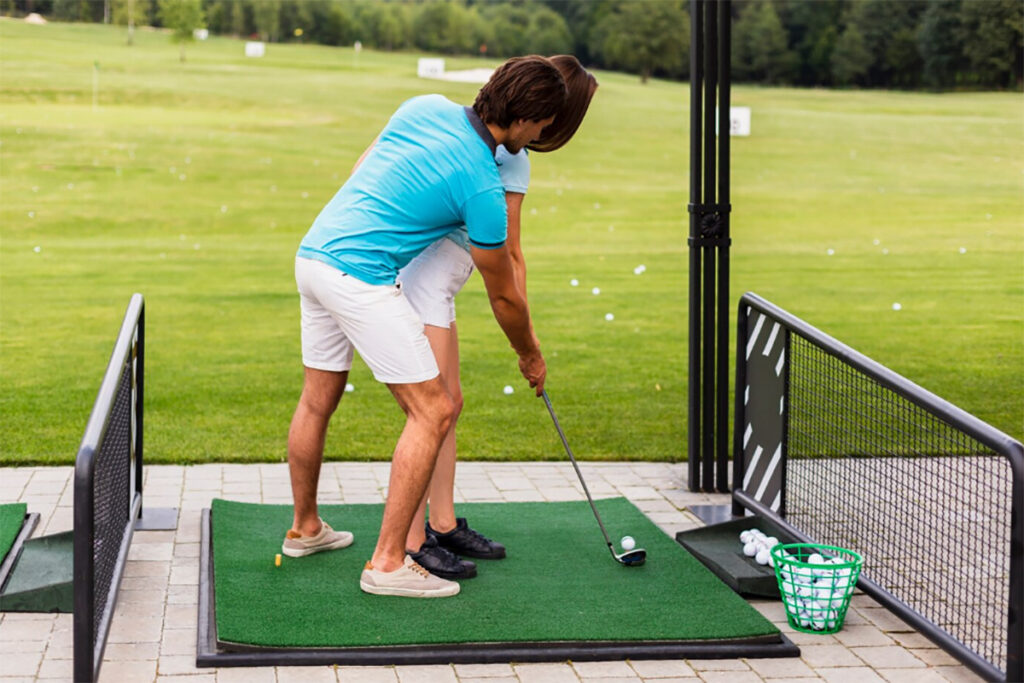
Golf is a sport loved by many for its blend of skill, strategy, and the enjoyment of being outdoors. However, it’s not without its physical demands, particularly on the back. Low back pain is a common ailment among golfers, often caused by the repetitive twisting motion of the swing and the hours spent on the course. Fortunately, with targeted golf physical therapy, golf therapy, and golf physiotherapy, players can not only recover from back pain but also enhance their performance on the back nine. This blog post will explore effective rehabilitation tips for golfers experiencing low back pain.
Understanding the Golfer’s Back Pain
Low back pain in golfers can stem from a variety of sources, including muscular imbalances, poor swing mechanics, or even overuse injuries. The first step in rehabilitation is understanding the specific cause of your pain, which often involves a detailed assessment by a professional specializing in golf physiotherapy.
Tailored Golf Physical Therapy Programs
Each golfer’s back pain is unique, necessitating personalized rehabilitation programs. Golf physical therapy often starts with pain management techniques, such as heat or cold therapy and soft tissue massage, before progressing to more active strategies.
Core Strengthening for a Stable Swing

A strong core is vital for golfers, as it provides stability during the swing and can help reduce the strain on the lower back. Exercises like planks, bird dogs, and gentle rotational movements are often incorporated into golf therapy programs to build a robust and supportive core.
Improving Flexibility and Range of Motion
Flexibility is another critical component of rehabilitation for golfers. Stretching exercises targeting the hips, back, and shoulders can improve range of motion, leading to a smoother and more efficient golf swing. This is an area where golf physiotherapy can provide specific, targeted advice.
Focus on Proper Swing Mechanics
Improper swing mechanics can place undue stress on the back. Golf physiotherapists often work closely with golf professionals to analyze and adjust a player’s swing. This collaborative approach helps ensure that the swing is not only effective but also safe for the back.
Progressive Load Management
As golfers recover from back pain, managing how much and how often they play is crucial. A gradual return to playing, often guided by a golf physical therapist, helps prevent the recurrence of pain. This may involve starting with short practice sessions or playing fewer holes and gradually increasing as strength and endurance improve.
Balance Training for Stability
Balance is essential in golf to ensure a stable base for the swing. Exercises that challenge and improve balance can be beneficial, not only for rehabilitation but also for overall golf performance. The TPI states a golfer should be able to balance for up to 25 seconds. See how this test is completed here
Golf-Specific Exercises for Long-Term Health
In addition to general rehabilitation exercises, specific golf exercises can help strengthen the muscles most used in golf, promoting long-term spinal health and preventing future injuries. These exercises are often dynamic and mimic various aspects of the golf swing.
Incorporating Technology in Rehabilitation

Advanced technology, such as 3D motion capture, can be used in golf physiotherapy to analyze swing mechanics and pinpoint areas of improvement. This technology aids in creating a highly customized rehabilitation program.
Nutrition and Hydration for Recovery
Nutrition and hydration play a crucial role in the recovery process. A diet rich in anti-inflammatory foods and adequate hydration can aid in healing and overall physical health, which is often a component of comprehensive golf therapy programs.
Mind-Body Techniques for Pain Management
Mind-body techniques, such as mindfulness and yoga, can be integrated into golf physiotherapy. These practices help manage pain, reduce stress, and improve the mental aspect of the game, which is especially important for golfers returning from an injury.
Collaborating with Coaches and Trainers
Effective rehabilitation from back pain often involves collaboration between golf physiotherapists, coaches, and personal trainers. This team approach ensures a holistic and coordinated return to the sport.
Regular Follow-ups for Sustained Improvement
Regular follow-ups with a golf physical therapist are essential to monitor progress, make necessary adjustments to the rehabilitation program, and ensure sustained improvement in both health and golf performance.
Conclusion: A Holistic Approach to Overcoming Back Pain in Golf
Recovering from low back pain as a golfer involves a comprehensive approach that goes beyond mere pain relief. With specialized golf physical therapy, golf therapy, and golf physiotherapy, players can not only return to the sport they love but do so with improved strength, flexibility, and swing mechanics. This holistic approach ensures that golfers not only overcome their current back issues but also keep golfers on the course for as long as possible.








